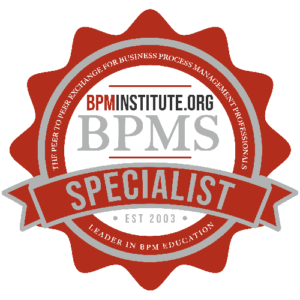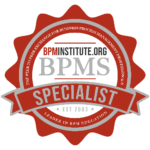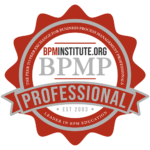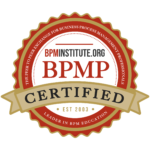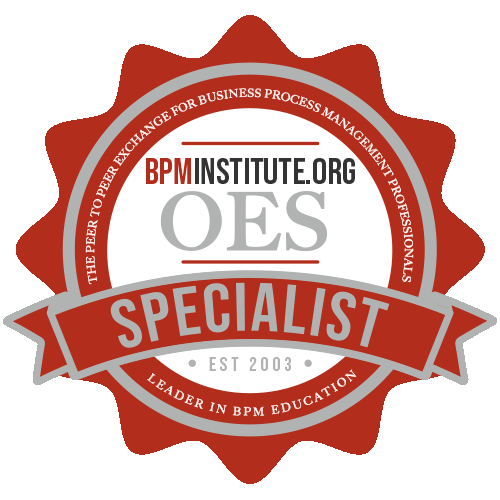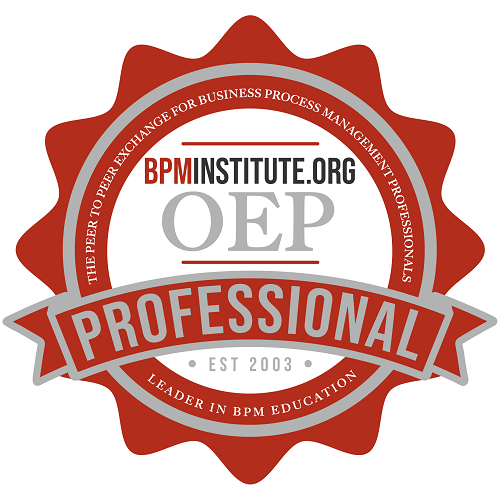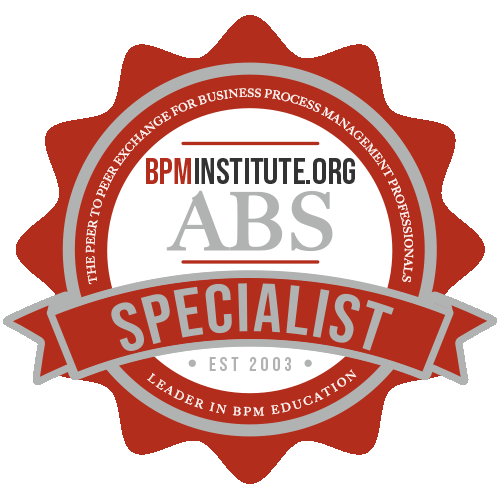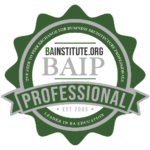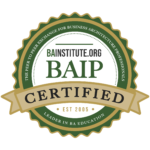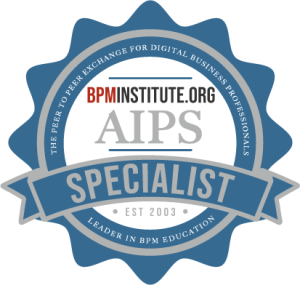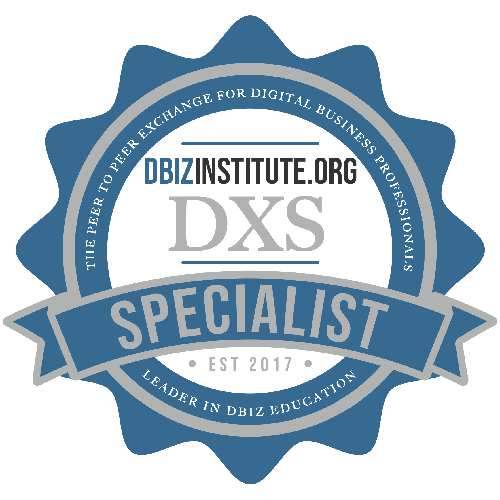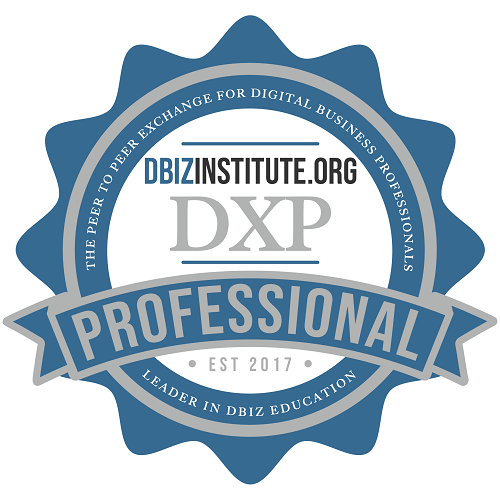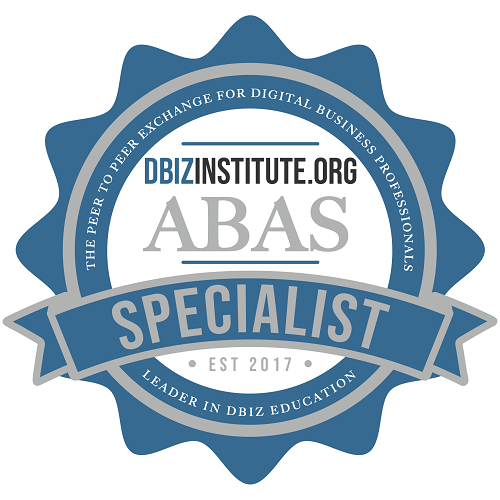Andrew Spanyi is the managing director of Spanyi International Inc., a consulting and training company that operates in the field of organization and process design. He has worked with executive teams at global organizations for nearly two decades, assisting them in transforming the way they think about their business. He is the author of “Business Process Management is a Team Sport, Play It to Win!”
According to Spanyi, the trends of aging demographics, increased bandwidth and Moore’s Law are converging which will create opportunities and challenges for business in the upcoming years.
Companies need to become more adaptive and this is going to cause a significant problem with many companies and executives, because they are going to have to change the way they think. The traditional corporate mindset had done more to impede customer-focused, business performance improvement than anything else, and this includes the deployment of new IT initiatives.
The problems with the traditional mindset include:
- Silo behavior
- Turf protection
- Undue preoccupation with organizational structure
- Distorted view of performance measurement and executive rewards
- Command and control thinking
- Stifled innovation
Executives and managers who are mired in the traditional mindset are usually more concerned about reporting relationships and authority than in workflow or creating value for customers. They often will closely guard their view of the business and take pride in their understanding of department issues and solutions. They also perceive goal-setting as a top-down activity and insist on controlling even minor cross-department issues.
Spanyi listed four questions to ask. If the answer to three or more of these is yes, you have a problem.
- Do your leaders focus more on reporting relationships and protecting their domain than on the flow of activities in delivering products and services to customers?
- Do you find that improvement projects such as TQM, Six Sigma, Activity Based Costing and Reengineering are often defined in terms of functional boundaries?
- Is there a greater focus on plan versus budge as opposed to measures of the quality, timeliness and cost of products and services provided to customers?
- Are your information systems projects defined in terms of functional boundaries, and do you find that various IT systems don’t communicate well with one another?
The alternative is to embrace business process thinking and install enterprise business process management practices. However, this is not a simple or easy thing to do, and it involves a lot of hard work. It will also probably make some executives very, very uncomfortable, according to Spanyi.
The benefits are many.
- Business process thinking facilitates a more succinct expression of purpose and strategic direction
- Places cross-group linkages and interdependencies under a microscope
- Offers more of a balanced view on performance measurement
- Places the deployment of information technology in the proper perspective
There will be much criticism along the way, so these benefits are not universally seen, or they are seen as coming at too high a price.
Spanyi uses the acronym EPBM, standing for Enterprise Business Process Management and defines it as, “The deliberate, collaborative, and increasingly technology-aided management of a firm’s end-to-end business processes.” He lists eight principles to deliver the results. The first three are under the category of “Strategic Focus.”
- Look at the business from the outside in as well as the inside out.
- Develop a core strategy that is tightly integrated with the definition, management, and improvement of the enterprise’s business processes.
- Articulate the firm’s strategy such that it inspires, from the boardroom to the lunchroom, and remains front and center throughout the year.
The next three are under the category of “Organizational Alignment.”
- Assure that the organizations core business processes are designed to deliver on its strategic goals.
- Ensure that the organizational design, as defined by the structure, measures, and rewards, enables effective business process execution
- Assess and deploy enabling technology based on the value added through enhances business process performance
The last two are under the category of Operating Discipline.
- Hard-wire the enterprise-wide performance measurement system to budgets and operating reviews
- Sustain focus and alignment
The pitfalls are many. There is often a lack of honesty and courage in the terms of measuring what really counts to customers. There is often too much early emphasis on the details and an excessive use of jargon. There is a tendency to jump from strategy to structure too early, failing to assess the central business processes and critical initiatives. There is also a tendency for bad communication across the enterprise. This is due to a failure in not creating the basic infrastructure that allows for regular dialog between the BPM management teams and the executive process owners. It helps a great deal to tie some component of executive compensation to business process performance. There is also a tendency for senior teams to be reluctant to be accountable for technology decisions.
Spanyi pointed out that success comes only after implementing more than one or two business process. Developing an enterprise-wide process management plan takes a lot of work and requires cross-group teams led by the process owners. These teams need to have broad accountability and meaningful rewards. There are no quick and easy solutions here. Taking control of all the processes within a business can’t happen overnight. However, Spanyi concludes that it will appeal to those thoughtful leaders who recognize that the old solutions no longer work well.




